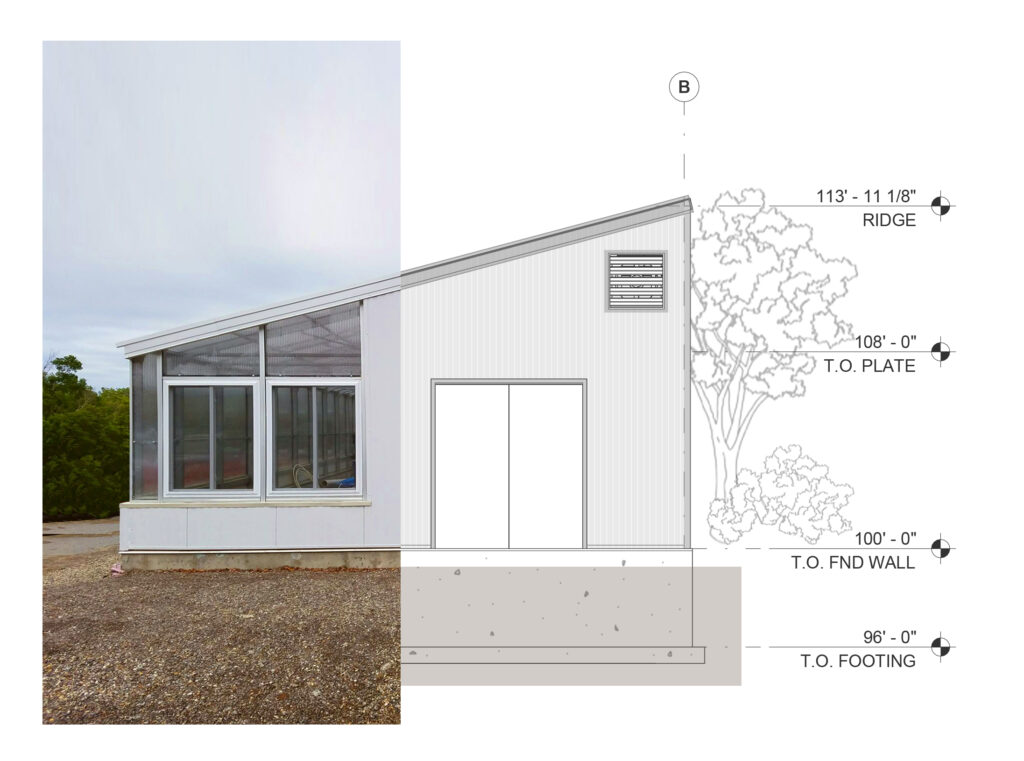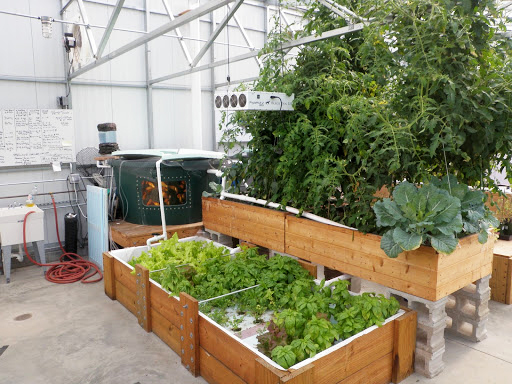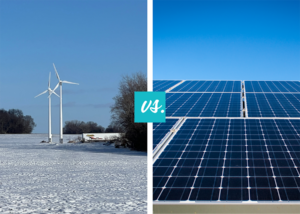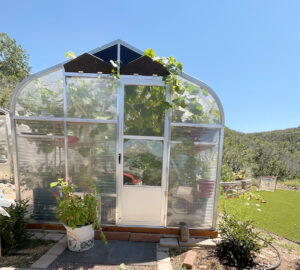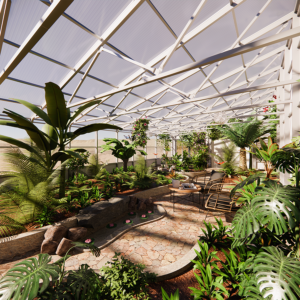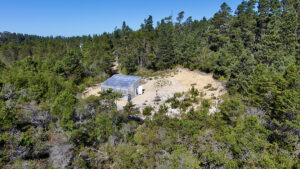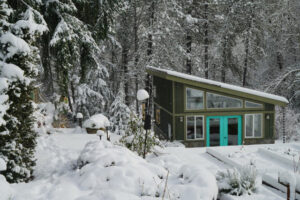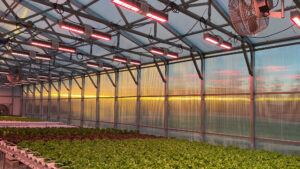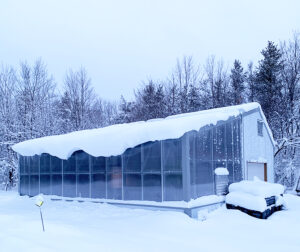In 2015 Ceres became involved in a student-led design project at Pomfret School, in which students of a science class taught by Bill Martin used engineering-design thinking to envision a passive solar greenhouse for their school. The goal was to design and build an educational greenhouse space where future students could build and operate aquaponic systems, and learn about sustainable growing methods, while gaining engineering and design experience along the way. The aquaponic greenhouse project was approved and the Ceres team worked closely with the school to design a single-sloped educational greenhouse kit. The students were involved in everything from the construction of the greenhouse to the creation of a website, which continues to educate the public, and provide updates, on the entire endeavor.
You can access the website to learn more about the greenhouse and the entire project (aptly named by the student website designers, “The Helios Project”) here.
We caught up with Pomfret science teacher, Bill Martin, to see how the school greenhouse is doing today and learn more about what his students are up to in the growing space. The following is a brief update on the goings on in Pomfret’s greenhouse.
Curriculum for an Educational Greenhouse
Every year, the students in Martin’s Aquaponic Systems Design class continue to build upon the work done by the students before them. Martin starts each Fall term by introducing a new batch of fingerling Tilapia to an existing aquaponic system (designed and built by students) and then his students gradually figure out how to get an aquaponics system running by learning about the different entities and how they all connect. Through the process, they also learn about the recirculating aquaponic ecosystems and how the fish, bacteria, and the plants all benefit each other through nutrient exchange. Since Martin’s first Aquaponic Systems Design class in 2017, his students have designed and built three aquaponic systems in the greenhouse. The development of everything in the greenhouse (including the greenhouse itself) has been influenced by students in an effort to promote hands-on, interdisciplinary learning.
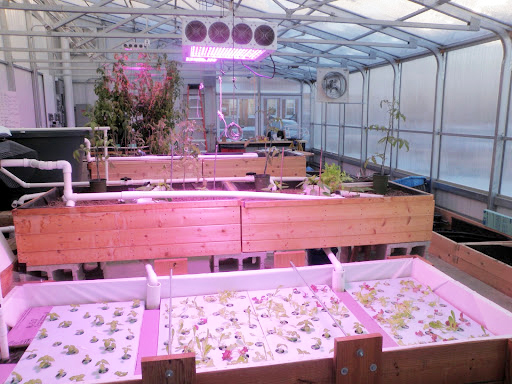
Every year it’s up to the students to define, design, and add elements or refinements to the aquaponics growing systems. Meanwhile, Aquaponic class students and “Helios Intern” students volunteer to tend the vegetable plants and the fish, in an effort to produce harvests throughout the winter and spring, and a fish fry in May. The harvested produce is split between the school’s dining hall and a local food bank. This last term, the students decided they wanted to build a vertical growing tower to integrate with an aquaponic system. This endeavor introduced a lot of learning opportunities such as researching and evaluating potential designs, then figuring out how to make the selected tower, deciding where it should live in the greenhouse, and finding a way to integrate the tower into an existing aquaponic system and pump water through the tower in order to saturate all of the plant pockets. With every project evolution comes a new set of challenges that the students must conquer with research and other problem solving skills.
System challenges as a learning experience
Some problems are easier to solve than others. For example, when plants look unhealthy there’s numerous things that can be wrong. The students must use their knowledge of the greenhouse environment, the aquaponic system, and the plant’s specific needs to decipher the issue and resolve it. This model of real-time problem solving gives students a strong sense of accomplishment, and in some cases sets the groundwork for continued student interest clear after high school. Mr. Martin told us of a student who found out about floating aquaponic systems from his class and was so intrigued by the concept that she decided to study these systems in college where she has made some major breakthroughs with her research. Through her collegiate research, she evaluates and improves her floating system whose goal is to biologically purify eutrophic bodies of water in contrast to more commonly used chemical methods, creating an advancement in the environmental ag industry.
A Greenhouse as a tool for interdisciplinary learning
After the students learn about aquaponic systems in term one, term two is all about the parts, purpose and complexities of the greenhouse. Martin teaches his class about heat storage and how different materials of the greenhouse (insulated metal panel walls, polycarbonate roof, and the GAHT® system) all play a part in it. Students also learn how to operate the greenhouse and adjust climate control systems to maintain a comfortable growing environment for the plants at various times of the year. This knowledge about controlled environment agriculture is extremely valuable for a student looking to pursue an agricultural focus in college.
We are so happy that the Ceres HighYield™ Kit at Pomfret High School continues to be a successful learning tool for a myriad of subjects. But this concept of a learning classroom isn’t just applicable at the high school level. At Ceres we design greenhouses for all levels of academia, from elementary to graduate curricula. Each of our educational greenhouse designs provide a unique solution that aligns with the academic goals of a school’s science or agricultural program. If you’d like to learn more about our educational greenhouses and how they would benefit your school, contact a greenhouse expert today.

